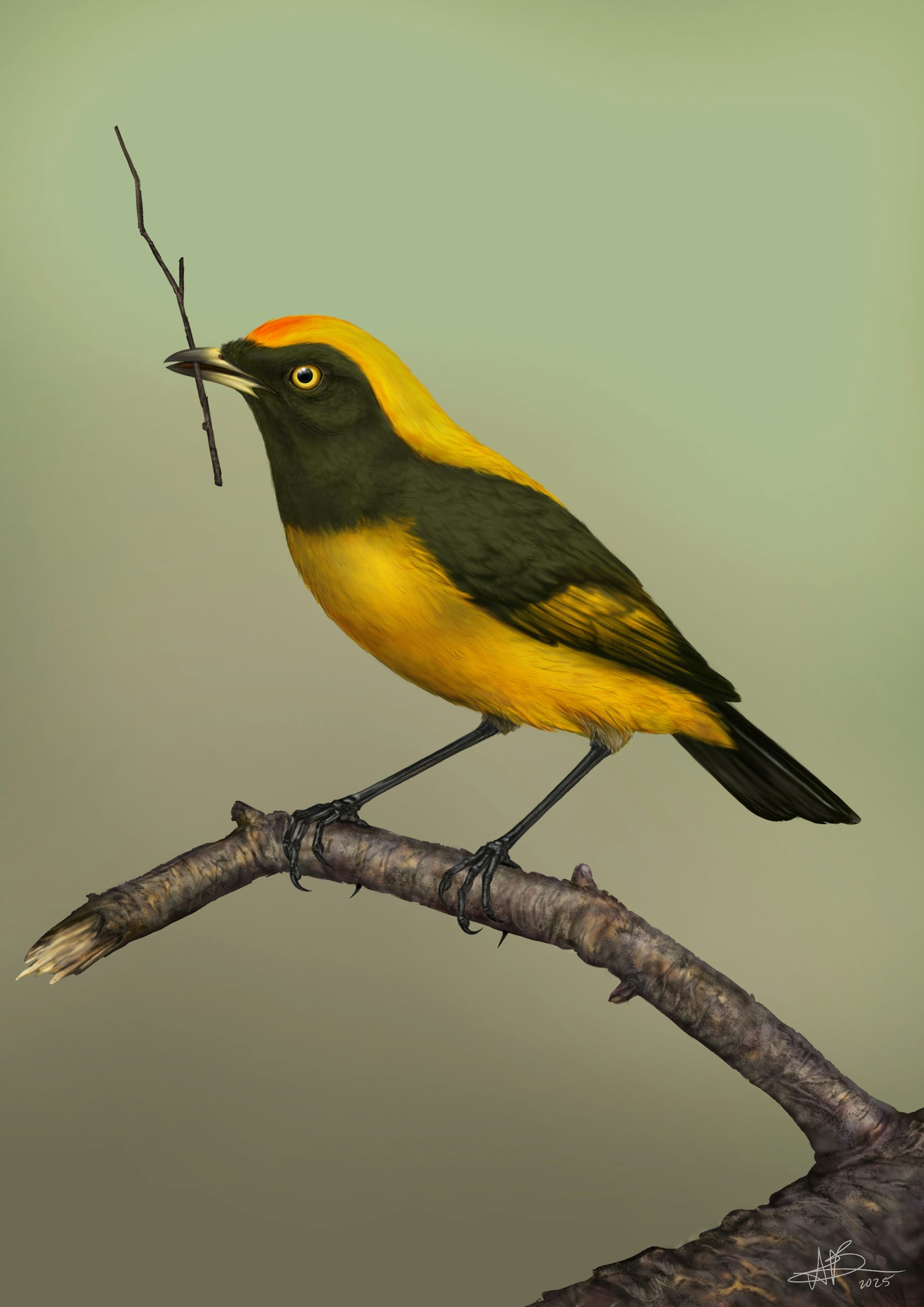
This chart shows the location of the RCW 94 and RCW 95 nebulae between the Circinus and Norma constellations. This map shows most of the stars visible to the unaided eye under good conditions. The location of the nebulae is marked with a red circle.
ESO, IAU and Sky & Telescope
For Bible literalists who insist on clinging to the absurd and demonstrably false belief that the Bible is an inerrant science textbook, the latest image from the European Southern Observatory’s Very Large Telescope Survey Telescope (VST) in Chile may induce a bout of cognitive dissonance — and fittingly so, given that it's Halloween. The image shows an immense ‘bat’ shape appearing to hover ominously in space.
But fear not — this ‘bat’ is simply a striking example of pareidolia. In reality, it’s a vast cloud of interstellar gas. And even if it *were* a cosmic creature flapping its wings across the heavens, it’s about 100,000 light-years away, meaning we’re seeing it as it appeared when our early African ancestors were honing the physical and social capabilities that would one day enable them to successfully migrate into colder Eurasian environments. Or, if you prefer the creationist timeline, roughly 90,000 years before ‘Creation Week’.
The so-called ‘bat’, properly known as the RCW 94/95 nebulae, is a stellar nursery. The young stars forming within it emit intense, ionising radiation that excites the hydrogen atoms in the surrounding gas, causing them to glow a vivid red.
If they could see it, which they couldn't, of course, because they lacked the technology, imagine the terror the Bronze Age authors of the Genesis tales would have felt seeing an image like that hovering over the Middle Eastern night sky. They cowered in a demon-haunted world in which natural phenomena were attributed to supernatural gods, so something like that might well have started a new religion.
















































